Measuring Carbon Footprints in Business Operations: A Complete Guide
3BL Media
DECEMBER 2, 2024
GHG Inventory A GHG inventory is a detailed, methodical process used by businesses to systematically measure their emissions, usually following a recognized standard like the Greenhouse Gas Protocol. Below are the key methodologies and tools commonly used in this process.


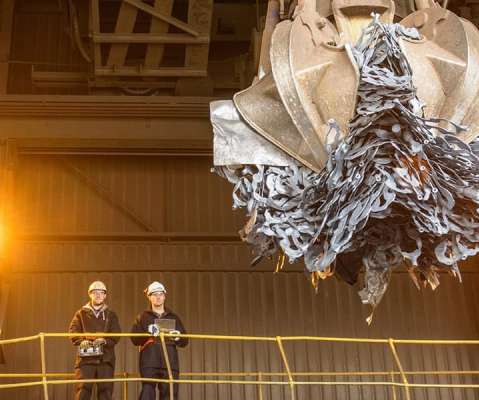
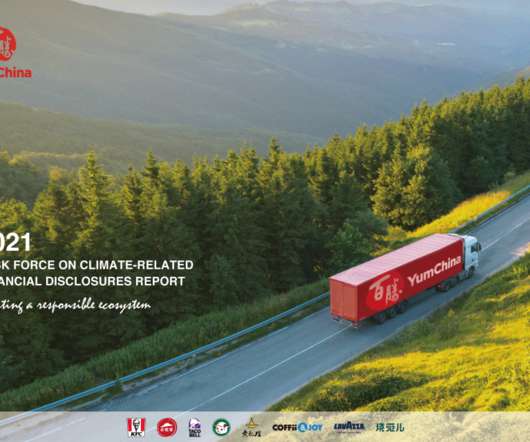
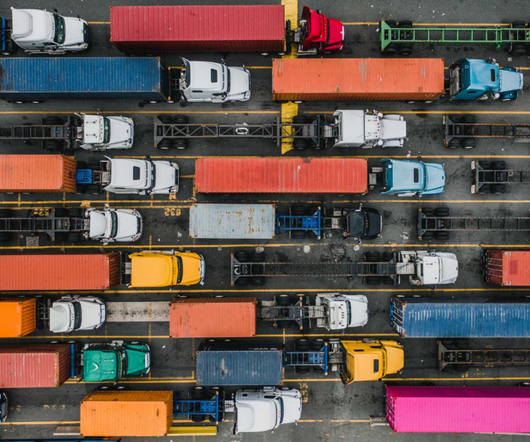
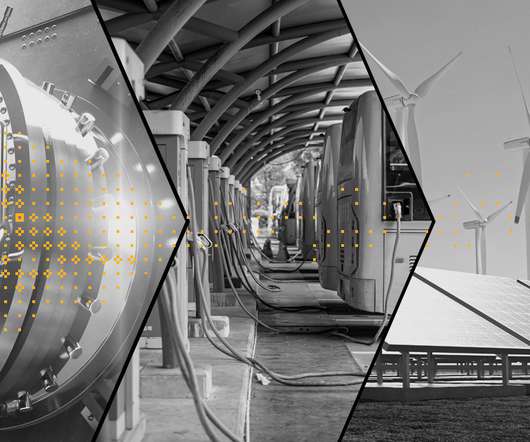

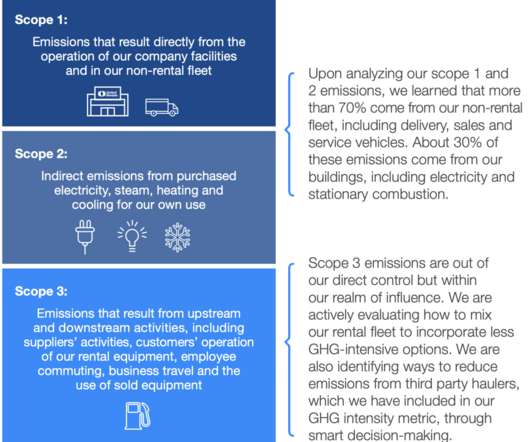






Let's personalize your content